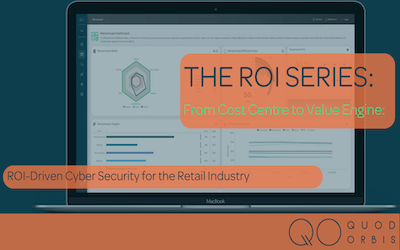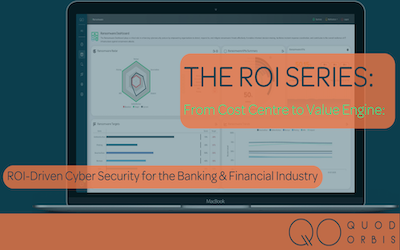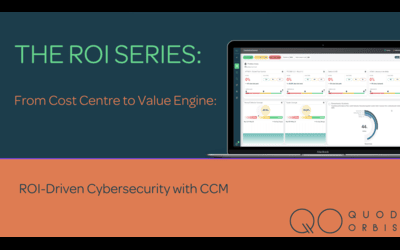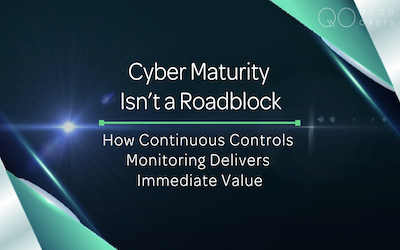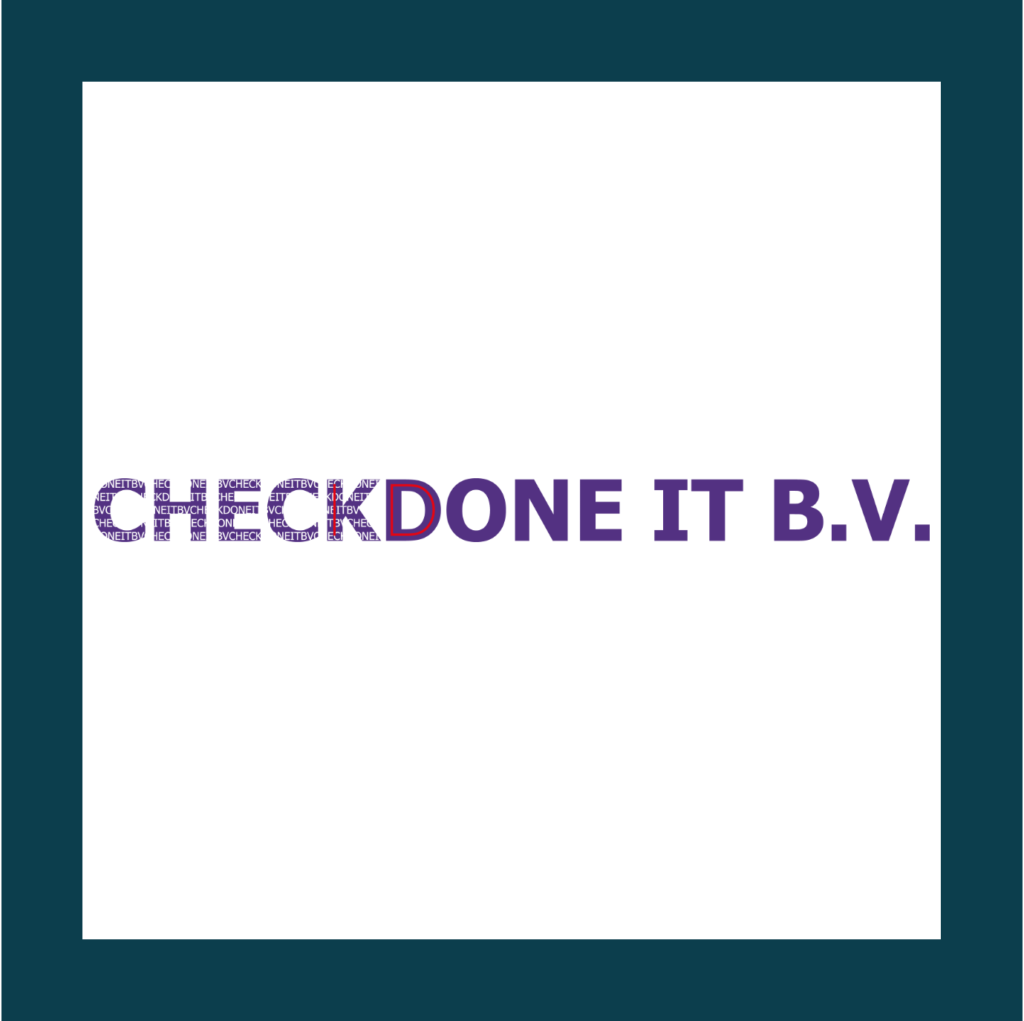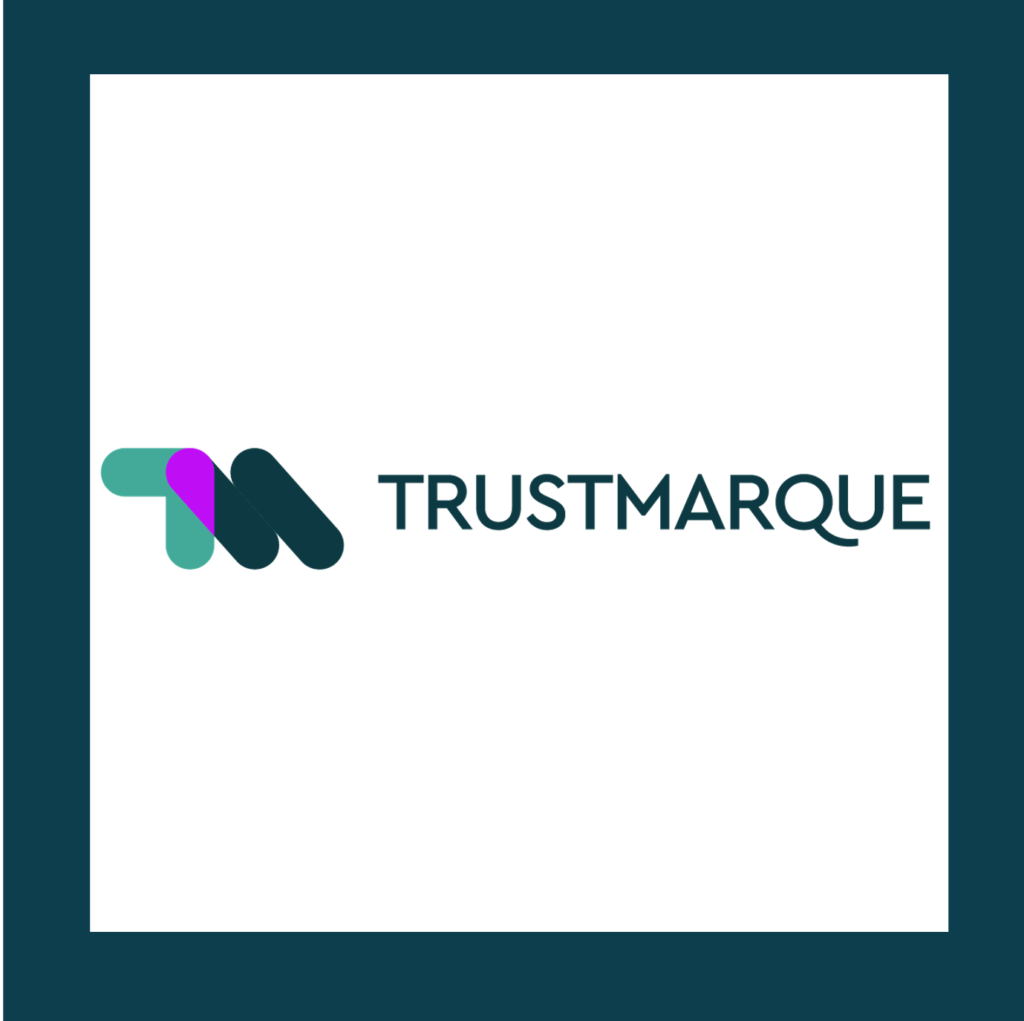Let’s be honest, organisations usually have complex ecosystems that have grown unwieldy after years of unrestrained technological adoption. Every investment was made to help counteract the exponential rise in evolving threats and regulatory change, but now these businesses are left with swollen tech stacks that lack efficiency.
Many organisations believe their cyber security programme is simply not mature enough, as they lack well-established cyber security frameworks and processes to integrate CCM effectively. Couple that with a perception that CCM is far too complex to adopt with their advanced tailored dashboards, organisations may simply feel that they are not quite there in terms of their maturity. Over worked teams with limited budgets, and a pinch of uncertainty about CCM’s ROI, adds to the existing perception that CCM can only be adopted by a team with robust cyber security measures, significant funding and basic controls that are operational.
Continuous Controls Monitoring supports cyber maturity growth. It is certainly not the finish line, it’s the catalyst.
The fact of the matter is, CCM is a maturity enabler and can be adopted from any entry point that an organisation needs. Its realtime insights help businesses identify gaps, prioritise resources, and build their maturity incrementally.
Scalable and Accessible Technology
CCM is not a one-size-fits-all solution. Instead, it’s designed to be scalable and adaptable to organisations at various maturity levels. Value is delivered immediately without requiring a full implementation, such as through monitoring critical controls.
“We’ve had some light bulb moments in the
platform where particularly around vulnerabilities,
the CCM platform has highlighted things we
simply didn’t know and the trending information
will start to demonstrate areas we need to keep
an eye on.” Chris Taylor – Information Technology Manager at Martin-Baker Aircraft
Proactive Risk Reduction
Proactivity is an immediate result of CCM – the technology addresses risk in real-time, rather than relying on point-in-time assessments. If organisations wait until they feel they are mature enough, they will leave themselves exposed to risks that often lurk in the shadows.
Compliance and Cyber Security as Key Drivers
Whilst traditionally perceived as only being a cyber security tool, CCM is now becoming more recognised as a highly effective way of monitoring compliance. Aligning to any framework, CCM can monitor your entire ecosystem to ensure you have complete visibility over your cyber security and compliance posture.
Gartner coins Continuous Compliance Automation as the technology to support regulatory compliance. However CCM is the one tool that provides asset visibility, continuous monitoring of your cyber risk and compliance posture.
Cost Effectiveness Through Efficiency
Organisations perceive that CCM is expensive to purchase, costly to adopt and a drain on resource throughout implementation. This is certainly not the case.
CCM pulls information from all your disparate tools to provide a cohesive single source of truth. If you align with the right vendor, they should support with scoping, implementation and ongoing maintenance so that your teams maximise the value the technology delivers.
If Your Organisation Feels Immature, Then Consider The Quick Wins
CCM can always start small, maybe focusing on KRI’s or a handful of critical controls. From there, it can expand to match a business’ maturity.
If you grow, the platform grows with you.
Scalable Evolution at Your Own Pace – Start Small, Grow Strategically
The capability of CCM is not restricted to organisations deemed ‘completely’ mature. Organisations can start at a foundational level and grow the platform in the areas that are most critical. A typical way that CCM can evolve with an organisation could be:
Phase 1 – Identify Your Entities
Ensure that you have complete visibility of your assets across the organisation. CCM supports your cybersecurity maturity by starting with the identification of all assets within your organisation— whether IT, IoT, or cloud-based. This is crucial because CCM is a maturity x10 enabler—most organisations struggle with knowing what assets they actually have, as there is no complete CMDB on the planet.
Gartner heavily invested in the CAASM category to address this challenge, but these solutions remain point-in-time snapshots unless integrated with a CCM approach.
Gaining full visibility into your asset landscape is the foundation for effective risk management, allowing you to detect gaps, enforce security policies, and monitor compliance in real time.
Phase 2 – KRI’s/KPI’s
Continuous Controls Monitoring (CCM) enhances KRIs and KPIs with real-time visibility into security and compliance. Automated, Real-Time Data – Eliminates manual audits with accurate, up-to-date risk and performance insights.
- Automated, Real-Time Data – Eliminates manual audits with accurate, up-to-date risk and performance insights.
- Early Risk Detection (KRIs) – Tracks unauthorised access, anomalous behaviour, and security non-compliance.
- Performance Monitoring (KPIs) – Measures MTTD, MTTR, patching effectiveness, and compliance rates.
- Customisable Dashboards – Provides clear, actionable insights for decision-making.
- Benchmarking & Trends – Compares KRIs/KPIs against industry standards to highlight improvement areas.
- Compliance Readiness – Tracks security controls to demonstrate regulatory alignment.
Reduced Noise & False Positives – Filters irrelevant alerts to focus on real risks.
Phase 3 – Compliance
This is the culmination of efforts to automate in-scope frameworks, aligning compliance with business maturity and data availability. CCM acts as the driving force that propels an organisation’s security and compliance posture forward. As the business matures through earlier phases—likely involving establishing visibility, managing risks, and optimising processes—this final phase solidifies those efforts by embedding automation and ensuring continuous adherence to regulatory frameworks.
Why This Is the Last Cog in the Wheel:
1. Automation Completes the Cycle: By automating compliance frameworks, organisations reduce manual effort, enhance accuracy, and create a self-sustaining system that continuously monitors and improves controls.
2. Data-Driven Decision Making: The maturity gained through CCM allows for a data-driven approach, ensuring compliance efforts are aligned with the organisation’s operational realities.
3. Readiness for Advanced Assurance (CCA): The transition from CCM (Continuous Controls Monitoring) to CCA (Continuous Compliance Assurance) signifies that the organisation has reached a level where compliance isn’t just a checkbox but an ongoing, integrated practice.
4. Strategic Growth: With compliance automation in place, businesses can focus on innovation and growth without the constant burden of regulatory uncertainty.
If you’d like to download the full ebook on all the myths around Continuous Controls Monitoring – download here.

